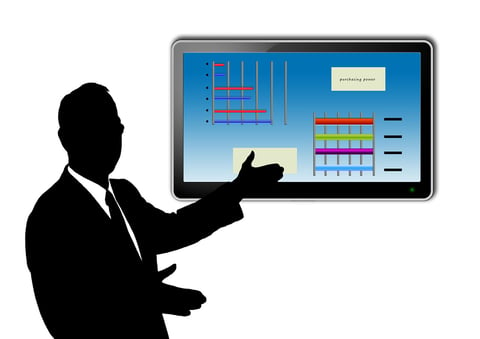
The information age has commodified data in such a way that businesses use it every chance they get to edge out their competition. As the digital web sprawls over and make connections between every single thing, collecting data about consumers, as well as their profiles and behaviour, has never been easier. With this data, as well as real-time information and tracking on everything digital, companies have everything at their fingertips to make the most out of their business’s potential.
Fortunately, the evolution of technology as we know it has come to the point where having access to big data capabilities can provide drastic business process improvement for small businesses. Cloud computing and other technologies are now being offered as a service and not just as products. Small businesses can now subscribe to services that allow them to use programs and analytics beyond their previous capacities in a scalable and cost-effective way.
How do you harness this newfound and unfamiliar power? Get started on big data analytics with these insights in mind.
Take small steps.
As with any new things, make baby steps when exploring big data analytics. For example, start with simple things like learning about the performance of a few digital media ads and factors like how many clicked the ad, what the user was browsing about before clicking the ad, where he/she went next, how long he/she stayed at the page, if the entire process led to a purchase, etc.
Starting small can help you get a grasp of the technology and how to manage it. Avoid huge sample sizes and complex operations at first as they might intimidate and overwhelm you. Focus on getting it right first before moving on to bigger and more complicated things.
Know what you want to measure and what aspect of the technology you’ll use.
Big data analytics is only useful if you know exactly what you want to measure. Identify a problem that can be solved with big data analytics. Then, employ the suitable predictive analytics, textual and statistical analysis.
For instance, if your company struggles with on-site conversion, try to analyse site visitor behaviour and find the problem areas/bottlenecks that lead to poor conversions. Predictive analytics can help suggest products and services similar, parallel or related to previous search terms used, sites visited, etc. Meanwhile, statistical analysis aims to find correlations and significance between variables, which helps establish connections across all the relevant data you have on hand.
Know its limitations.
While big data analytics is incredibly useful and supernaturally efficient, it has its limitations. For one, minute mistakes and outliers can significantly change the analysis and figures. Since using it requires a certain level of expertise, it can also be difficult to conduct follow-up research and test different and minor variables.
Finally, big data can’t necessarily find the “whys” and “hows” for you. As such, it sometimes need data to be pre-sifted or prepared before actual input, which can be tedious. Interpreting the data it provides can also require perspective and context. In the end, big data is just a tool, albeit a super efficient one, that still relies on the deft hands of those who guide it. Ask the right questions, give it the right resources and it’ll give you the answers you deserve.
Want to know what aspects of your business still needs work? Take a FREE TRUST Assessment and find out how myCEO can help take your business to new heights.

